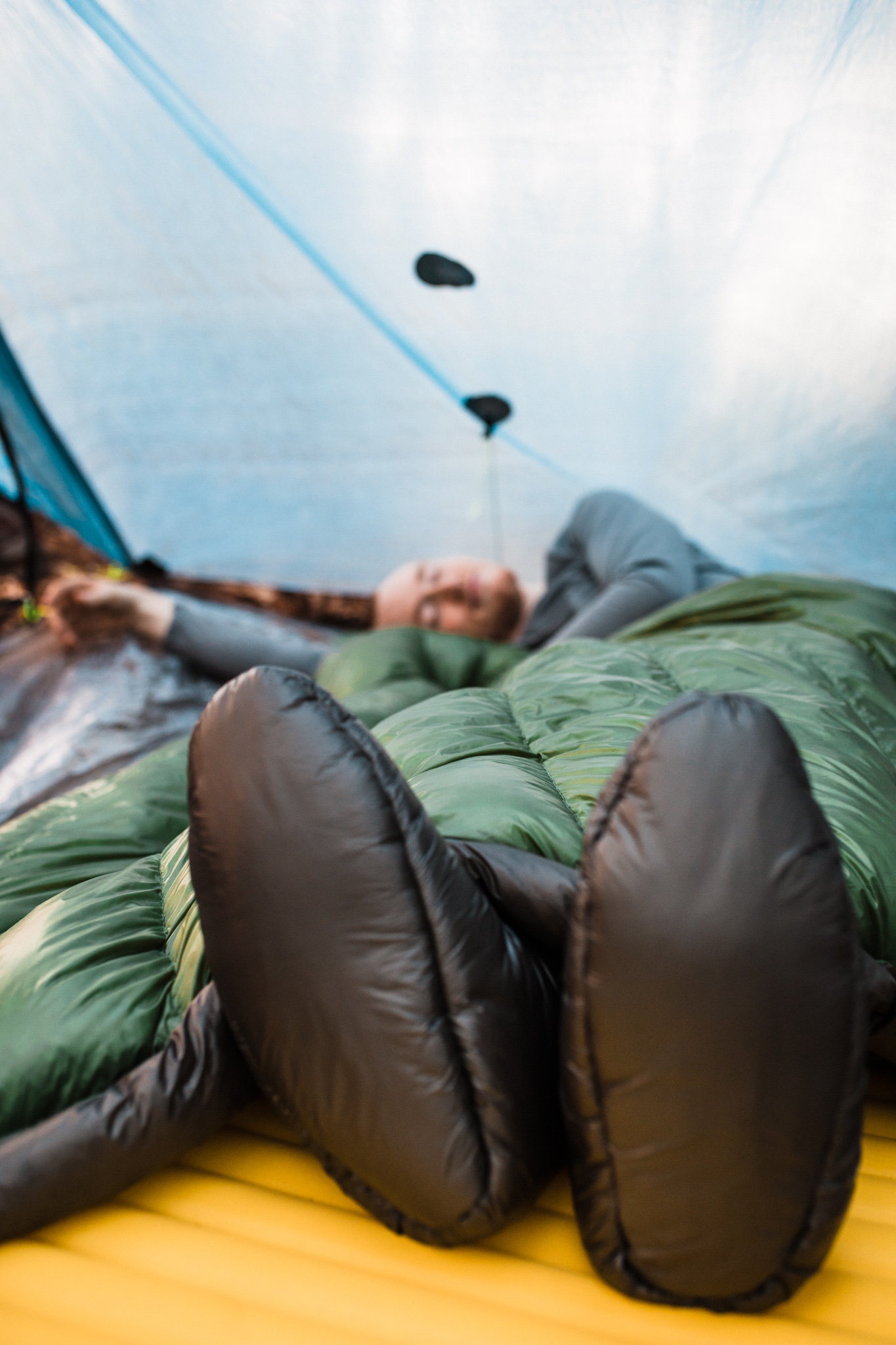Fulfillment Tiers Explained: Enlightened Equipment products could fall into three Fulfillment Tiers: Custom, Stuff on Demand (SoD), or In-Stock. Each tier defines how an item is processed, and handled. Stuff on Demand is a newer term that is mostly applicable to our In-Stock Down Quilts as it takes time to prepare the quilt before it ships. Make sure to check out the Key Features list on the Down Quilt product page as there will be a note indicating the quilt is Stuff on Demand. Below contains the definitions to our Fulfillment Tiers.
Custom Items: All Custom Gear ordered will be produced by our team in Winona, MN. Please see the current estimated Lead Times listed above. For orders already placed, below is a widget. Upon entering your order date you will be presented with lead time information based on the date of your order. Please note that orders with mixed fulfillment tiers will ship once the custom item is finished. Also, custom items with different lead times will ship once the item with the longest lead time is finished. If your order contains a mix of custom and in-stock items and you need your in-stock items sooner please reach out to our Customer Service team via our General Inquiry Form here.
[New Fulfillment Tier] Stuff on Demand (SoD) Items: In-Stock Down Quilts under this tier will require preparation time before shipping. This can include taking a pre-sewn shell then stuffing, sewing, inspecting and/or any other production step needed before the item can be shipped out. This is to ensure the quilts are not stuffed, and compressed in shipping boxes for extended amounts of time, which both saves space in the warehouse, and is better for the down in the quilt. You can expect your quilt to finish and ship within the posted Stuff on Demand (SoD) lead time. Quilts under this tier will ship faster than Custom but will require more preparation time compared to In-Stock.
In-Stock & Warehouse Items: Any gear that are either In-Stock or from the Warehouse page are typically shipped out 1-3 business days after order placement depending on volume and workload. These items are already produced and will likely ship quicker compared to Stuff on Demand or Custom which requires preparation time.
* Please note that our Lead Times are only estimations based on the current production workload. Your order could ship out at any point within the provided completion week (Monday - Friday).
** Any orders placed after 8am CST will be processed into production the next business day. Both Stock and Custom Lead Times start once the Order is processed. Additionally, any orders placed on Friday after 8:00 AM CST will not enter production until the following Monday.
Shipping: For most Domestic Orders, they will be shipped out with the USPS. For International Orders, they will likely be sent out with FedEx. Transit times can vary depending on location and are NOT calculated in our Lead Times. For any time sensitive or shipping requests, feel free to reach out to Customer Service. For more information on our Shipping Policies click here.
When logged into your account online, you will see that your order is either Awaiting Fulfillment, or Shipped. Below are the definitions of those statuses:
Awaiting Fulfillment: Your order has been submitted! After a short amount of time your order will be delivered to production and then it is now in the hands of our talented production team. The length of this stage in the process will vary based on what the lead times were when you placed your order. Check out the table below to see an estimated date range for completion of your order.
Shipped: Your order is on the way! You should have received an email with a tracking number. If not, please contact our customer service team. Enjoy your new gear!



